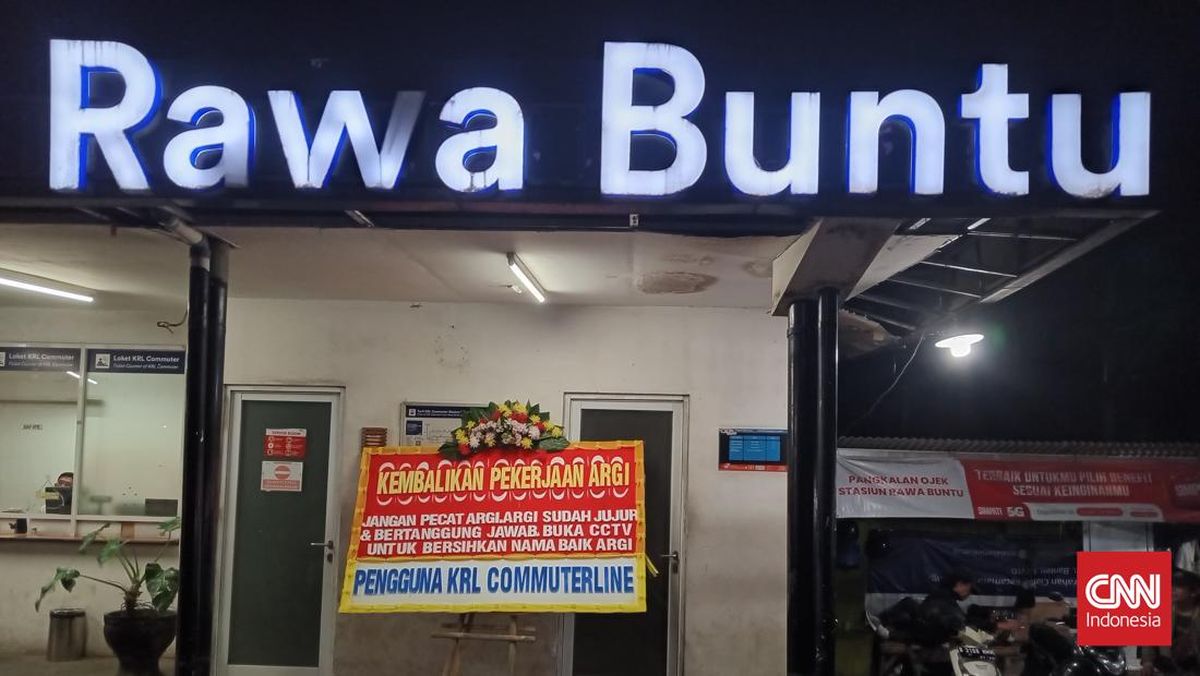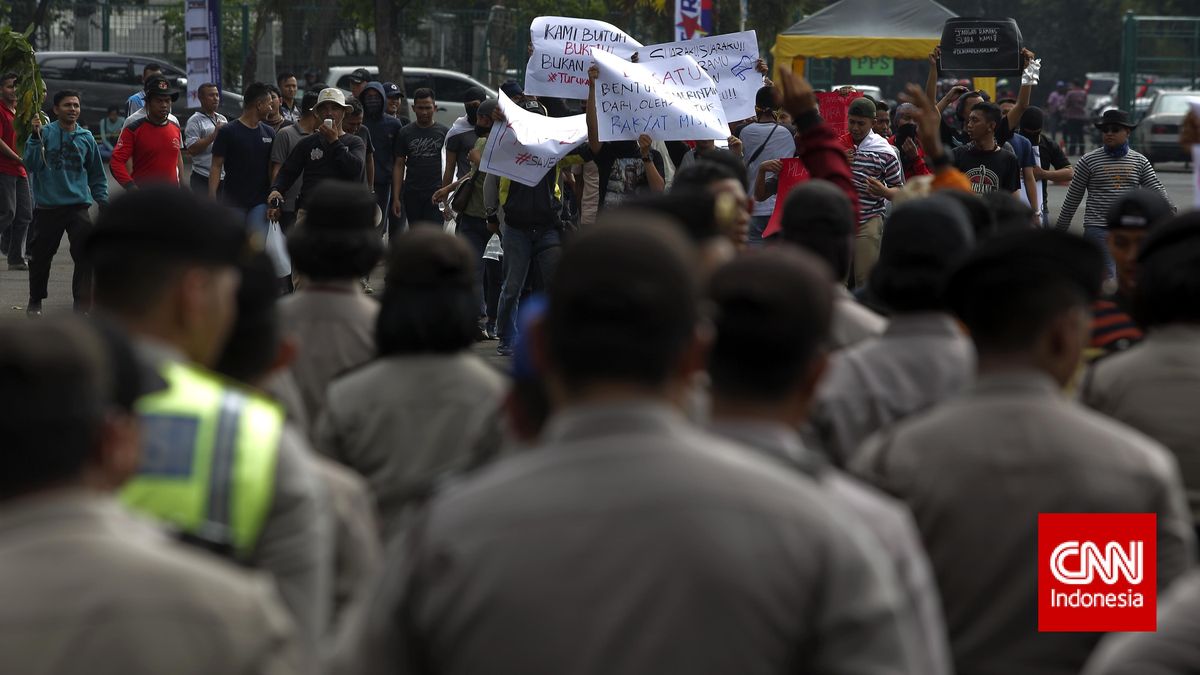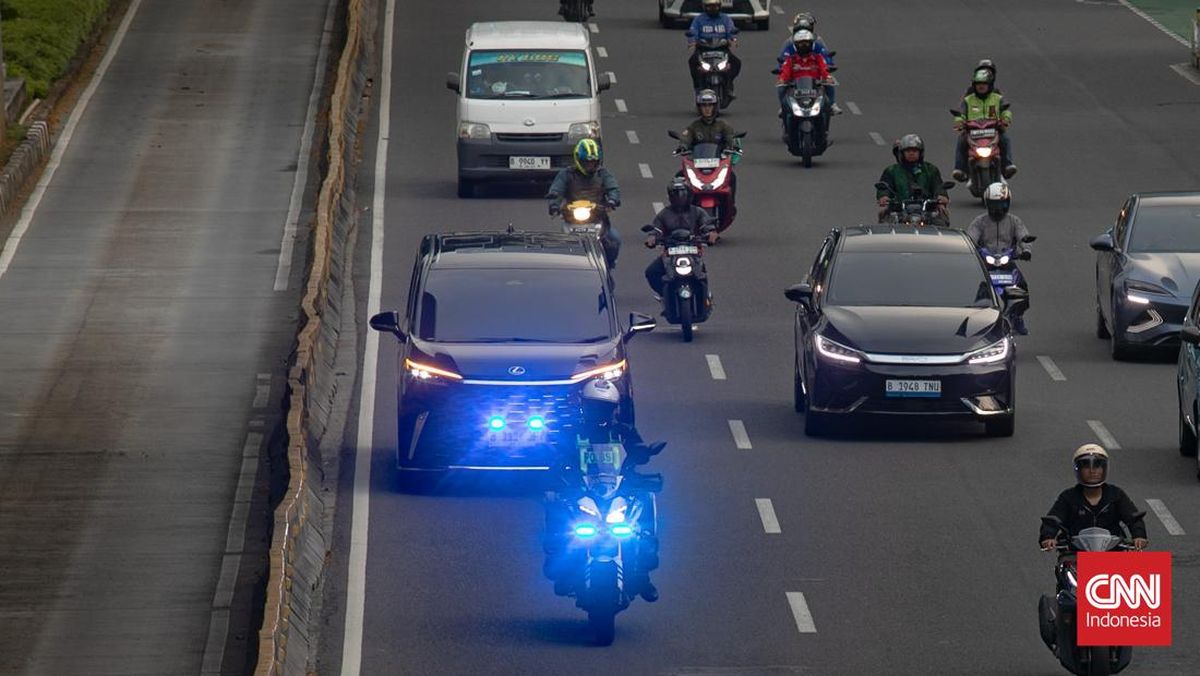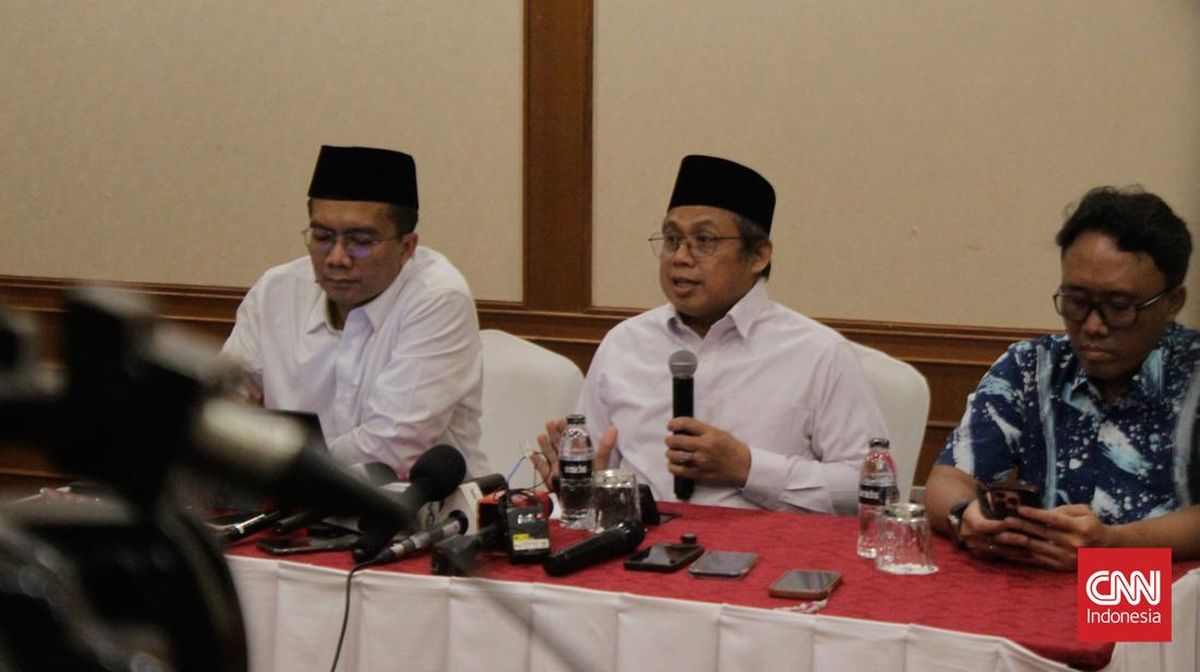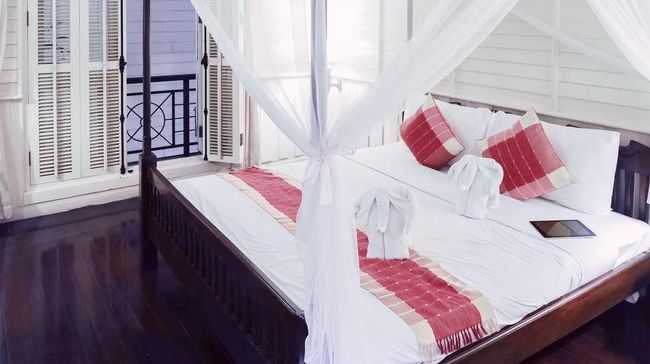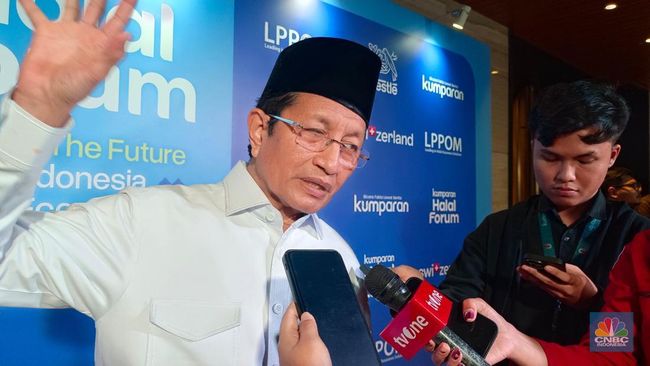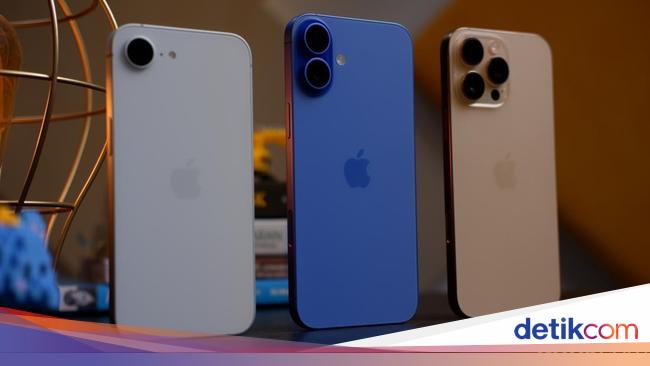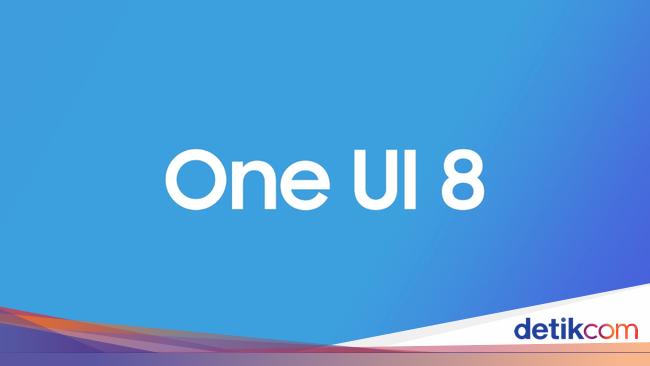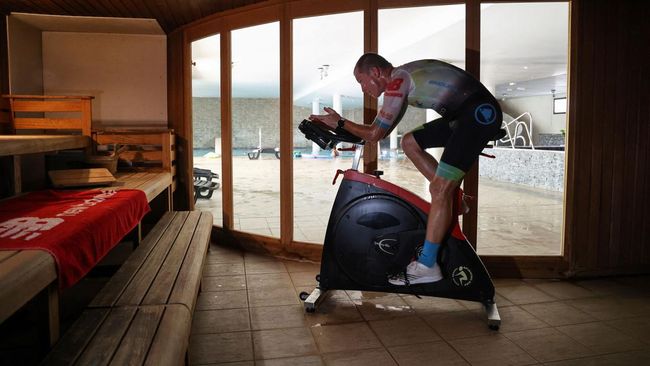Ever since I first used Huawei's trifold phone, the Mate XT Ultimate, I have wanted Samsung to launch a similar foldable. Lucky for me, rumors suggest that Samsung has been developing one for a long time and that the new foldable will be released on Dec. 5, in just a couple of weeks. On an earnings call in August, which Seeking Alpha shared, Samsung teased its triple-screen foldable, saying it aims to be a leader in "innovative form factors like the upcoming trifold device."
I look forward to Samsung's trifold because Huawei's trifold phone, which I have used, is brilliant. I should mention that neither device folds three times; each only has two hinges, which segments the screen into three sections, hence the name. And yes, calling either of these phones a trifold makes as much sense as calling a horizontal board with two wheels a hoverboard.
The Huawei Mate XT Ultimate has two hinges that allow it to fold into a Z-shape. These hinges also let it transform into several devices. Unlike the Galaxy Z Fold 7, which has a single hinge and can be used as either a phone or a mini tablet, Huawei's device can function as a standard phone, a small tablet, or a full-size tablet. Huawei's trifold phone has one of the most useful designs I've tested, with an interface that is as inventive as it is intuitive. As rumors about Samsung's trifold phone leaked, I kept imagining how its phone could take what Huawei did to the next level.
But then Samsung showcased its dual-hinge phone at a tech exhibition during the Asia-Pacific Economic Cooperation CEO Summit in South Korea, where The Chosun Daily filmed the Galaxy trifold in all its glory. When I saw the video, I was worried. This isn't what I hoped for. From what I saw, Samsung's trifold might not live up to my expectations. I'm sure it'll have unique use cases with its big tablet-size folding screen, but it might miss the mark.
Huawei vs. Samsung trifold: Two hinges and two different designs
For the Samsung trifold, imagine the Galaxy Z Fold 7 having another hinge with it folding in the same inward direction -- opposite to what Huawei does.
Prakhar Khanna/CNETBoth the Huawei Mate XT and Samsung's upcoming trifold phone have two hinges, but there are major hardware differences between the two devices.
First, the Mate XT's hinges fold in opposite directions, giving it a Z-shape. In comparison, Samsung has designed the two hinges to fold in the same direction -- inward, to form a G-shape. As CNET's David Lumb reported, it is ironic that the company with a Z-series of folding phones didn't adopt that shape and format for its trifold.
Second, the Huawei trifold has a single screen that unfolds into a bigger display. On the other hand, Samsung has added a separate cover screen because you can't access the inner screen once it is folded closed.
Both these design choices come with their own share of durability and functionality concerns.
Huawei's design is more flexible than its Samsung counterpart in terms of functionality. The Mate XT has only one display, but that screen is large and can convert into three smartphone/tablet designs -- at least that's why I had always thought people called this a trifold phone, despite folding only twice. You can use the Mate XT like a regular phone (fully folded), a book-style foldable (one hinge folded and the other unfolded) and a tablet (fully unfolded).
At CES 2025, the Samsung Display company showed off a concept for a folding, three-part screen. It's very similar to the device Samsung had on display at the APEC CEO summit.
James Martin/CNETIn comparison, Samsung will likely offer two ways to use its trifold device -- as a phone or a tablet. Samsung's design could protect the inner display when it's closed, but there's a separate screen for external use, like the Galaxy Z Fold 7. Huawei's trifold has its soft folding display exposed at all times. Samsung's design may prove to be more durable in the long term, but it also limits the device's functionality.
The whole point of using a trifold is to have a three-in-one device in your pocket, and that's why I think Huawei's design makes more sense.
All this harkens back to the early days of book-style versus taco-style foldable designs. Book-style versions, such as the original Galaxy Fold, had a screen that folded in half and was protected inside the phone's body when shut. Taco-style variants, like the original Huawei Mate X, had a screen that bent in half to wrap around the outside of the phone like a taco shell: always visible, less protected.
It's all about the aspect ratios
I love watching videos on Huawei Mate XT's 10.2-inch screen because of its aspect ratio.
Prakhar Khanna/CNETI didn't expect to like the Huawei Mate XT when I first started using it. After all, it is (comparatively) thick and weighs 298 grams. However, I saw unique use cases once I started traveling with the phone. I used it for reading, browsing, multitasking, watching my favorite movies and playing games, among other things. I also installed Google apps, which eliminated the need to carry a separate tablet for content consumption or productivity-focused tasks.
Huawei Mate XT Ultimate measures 3.6mm thin when fully unfolded and 12.8mm thick when folded. For context, the Apple iPhone Air is 5.6mm thick, whereas Samsung's 2024 Galaxy Z Fold 6 measured 12.1mm when folded. (The Galaxy Z Fold 6 launched in the same year as Huawei's trifold.)
When I use the Galaxy Z Fold 7, I'm mostly on the cover screen for browsing and reading, just as I would with any other phone, and rarely unfold it -- mostly because it is so thin when closed. I only open it up to watch a video, but when I do, the letterboxing on the main screen drives me nuts. (It always does, even on the 13-inch iPad Air.) So, I tend to use the hinge to prop it up and watch videos on half the screen.
Huawei Mate XT's extra screen solves this letterboxing issue on book-style foldables. Here it is with just one of the screen segments closed, which results in a squarer aspect ratio -- look at those black bars!
Prakhar Khanna/CNETBut in my time with the Huawei trifold, I unfold it much more to use as a mini tablet for browsing and reading, and I unfurl it completely when I want a truly immersive movie-watching experience on its full 10.2-inch main screen.
The Huawei Mate XT Ultimate gives you three different screen experiences, depending on how many of its segments you have opened or closed. It's a 6.4-inch screen with a 2,232x1,008-pixel resolution (think Pixel 10 Pro Fold's cover screen), a 7.9-inch display with 2,232x2,048 pixels (think a little smaller than the Galaxy Z Fold 7's main screen), and a 10.2-inch screen with a 3,184x2,232-pixel resolution (think nearly the size of an iPad).
Unlike a book-style foldable (like the Galaxy Z Fold 7 and Google Pixel 10 Pro Fold), when the Huawei Mate XT is completely unfolded, its 10.2-inch screen offers a 16:11 aspect ratio, which is closer to what you'd get on a MacBook Air's 16:10 display, so there's less letterboxing when watching movies, TV shows or YouTube videos. It also retains the reading-friendly square-ish aspect ratio of a book-style foldable and folds into a "normal" proportioned phone.
In comparison, the Samsung trifold is likely to skip the option of having it transform into a book-style mini tablet. Samsung's trifold device will feature a 6.5-inch outer screen and a tablet-size 10-inch folding display, according to the report by The Chosun Daily. This would allow Samsung to have two distinct two-in-one fold phones: a book-style foldable for productivity-focused workloads (Galaxy Z Fold) and a G-shaped fold for better content consumption (the Galaxy trifold).
The Galaxy Z Fold 7 is easier to hold when fully folded, thanks to its 8.9mm thickness.
Prakhar Khanna/CNETHowever, after using the Huawei trifold full time, I want a phone with two hinges to be an all-in-one device, one that I can use as a phone and also unfold into a book-style mini tablet for reading/browsing, as well as into a full-size tablet to watch movies on the go. I found the Mate XT Ultimate especially handy during long commutes or long-haul flights due to its three distinct forms.
As for durability, I haven't noticed any scratches on my Mate XT after a month of heavy use. The two creases have held up well, and the hinges are as strong as ever, too. When traveling, I always make sure to use the included case, which protects the always-exposed side of the screen. I can even use the case's built-in kickstand to prop it up when the screen is fully unfolded. I even dropped the phone once, but thankfully, it didn't break.
I am still excited to see what Samsung has to offer with its new folding phone. I understand the G-shaped design might increase the phone's durability (compared to the Mate XT Ultimate) and that the South Korean company probably needs to have a mass-production device ready. However, Huawei has already sold more than 470,000 Mate XT trifolds, according to an IDC report (via CNBC). If I'm paying $3,000 for a trifold phone, I shouldn't have to choose one with a screen that doesn't allow me the design that I want. I'd rather have the Mate XT Ultimate, where I can have it all.

 6 days ago
8
6 days ago
8






